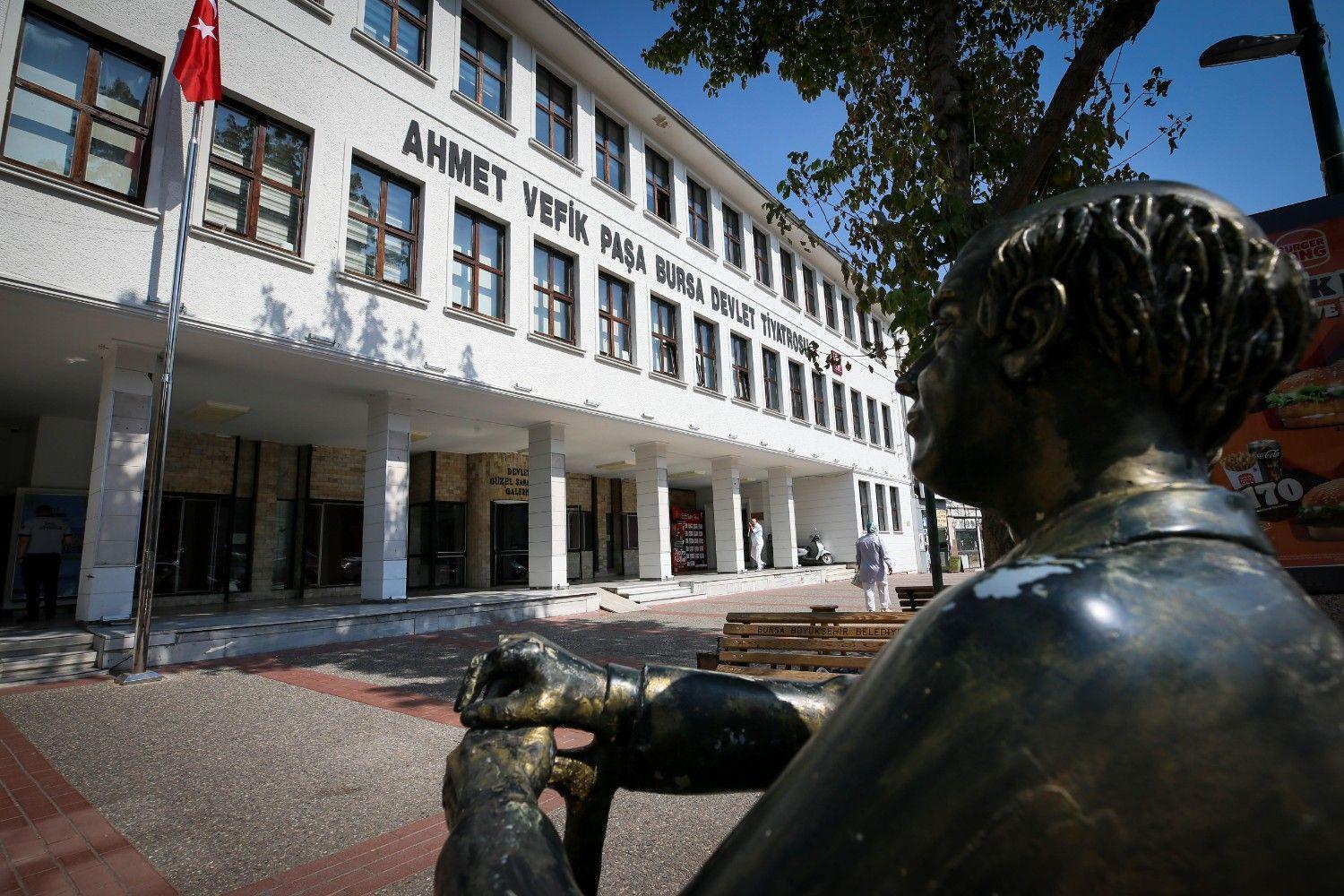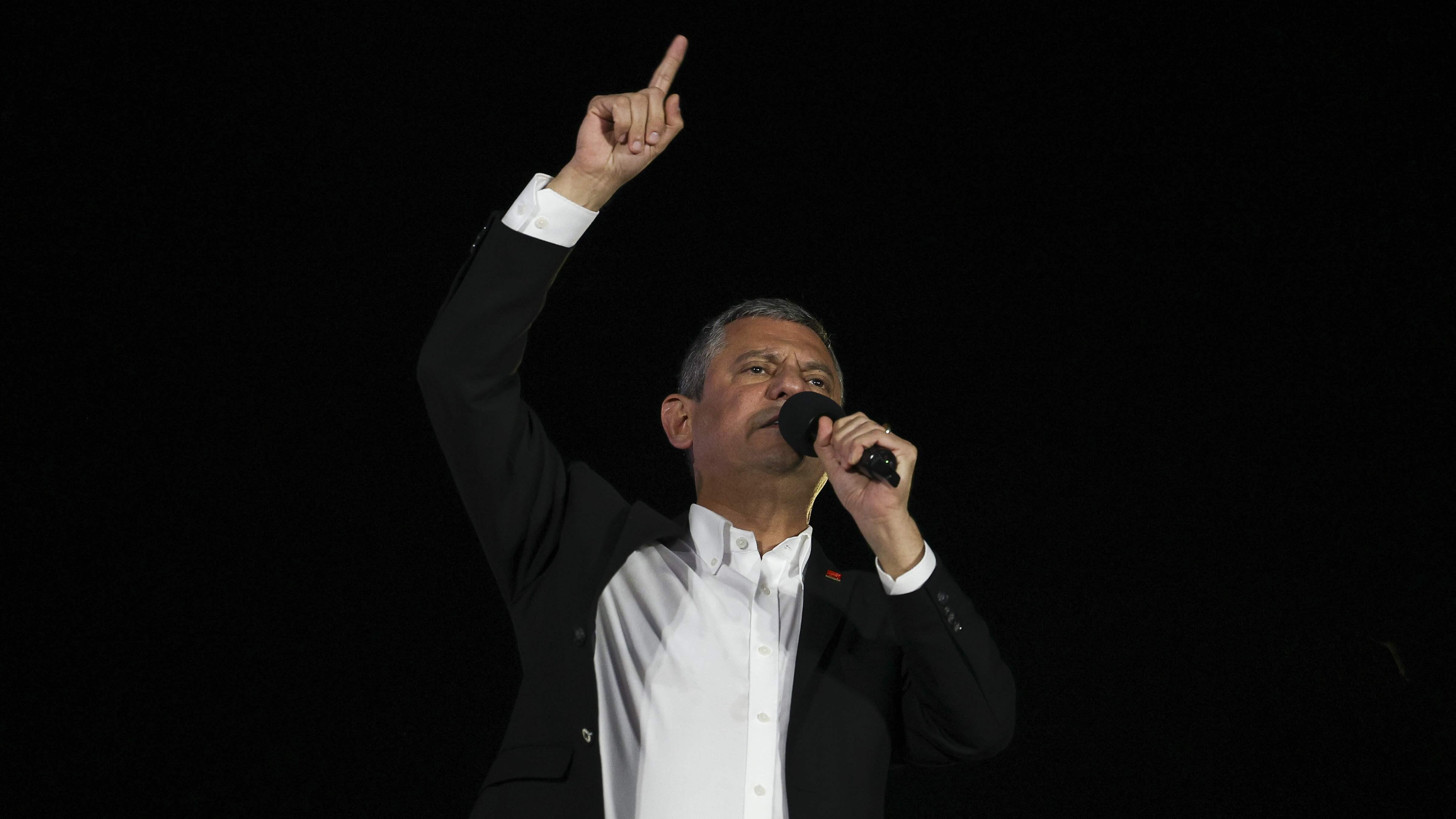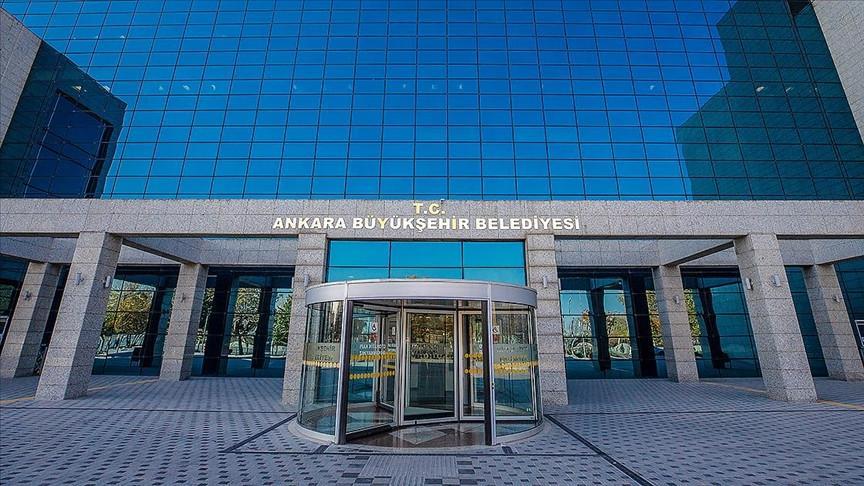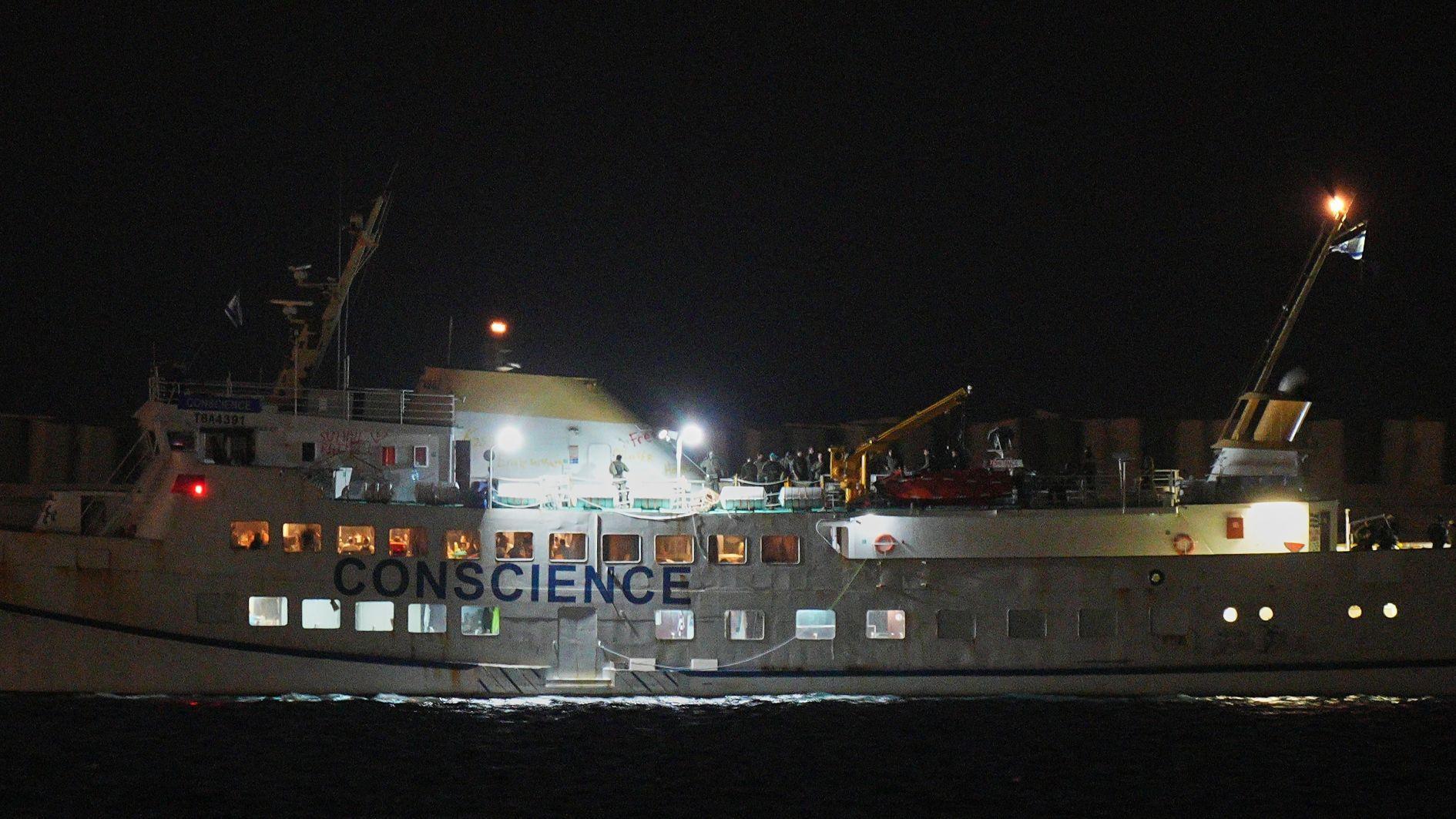Bursa’s State Theater celebrates 85 years
BURSA

The work of a female architect who won a design competition in the northwestern province of Bursa 88 years ago has been hosting art lovers at the Ahmet Vefik Paşa State Theater, which is Türkiye’s first regional theater since 1957.
The building, completed in 1940 by Münevver Belen, one of Türkiye’s first female architects and the winner of the 1937 architecture competition for the Halkevi (public house) building in Bursa, has been in service for 85 years.
An iconic structure, the building functioned as a Halkevi for 12 years and, after Halkevis were closed, it has continued to meet the public’s cultural needs as the Ahmet Vefik Paşa State Theater since 1957.
Bursa’s State Theater, the first regional theater opened in Anatolia after the formation of the Republic, welcomed audiences with hundreds of plays and thousands of performances without interruption.
Professor Tülin Vural Arslan, dean of the Faculty of Architecture at Bursa Uludağ University, said that the Heykel area, which is considered the city center of Bursa, is very significant in terms of cultural heritage.
Arslan noted that after the formation of the Republic, it was decided to build a government building, a Halkevi and an Atatürk statue in the city center, reflecting the new government in architectural structures.
Speaking about the architecture competition held in 1937 for the Halkevi building, Arslan said: “It is extremely important that a building was built by a female architect in our country, even before women had the right to vote and be elected in European countries that we know as much more civilized today. The most prominent architecture magazine of the period, Arkitekt, wrote that five architects entered the competition. The projects of Abidin Mortaş and Münevver Belen were selected as winners and Belen’s project was realized.”
As for the importance of preserving such structures, she added: “It is important to protect these few remaining structures by knowing their stories.”
Describing the architectural features of the building, Arslan said: “The exterior we see today is not exactly the same as the original; it originally had much sharper geometric lines. The modernist structure, composed of rectangular prisms, reflects the architectural trends of the time, heavily influenced by the Bauhaus movement. The absence of traditional motifs represents the new birth of the Republic, the emergence of a new ideology and the rise of a new cultural climate.”
Arslan also highlighted the building’s continuity, saying, “After serving as a Halkevi for a while, it began operating as the Ahmet Vefik Paşa State Theater in 1957. The fact that it still stands and continues to serve as a cultural venue is a major gain for Bursa. Having been designed by a female architect is a source of immense pride and preserving the building is extremely important. Just as people’s identities are shaped by their memories and experiences, cities also form their identity and soul through historical and cultural structures. These buildings, which carry memories and traces of the past, must be passed on to future generations. That is why consciously recognizing and preserving the stories of these few remaining structures in Bursa is vital.”
Sezai Yılmaz, director of the Bursa State Theater, also highlighted the theater’s contribution to Turkish arts: “The theater has two stages, and since its assignment to the state theater network, hundreds of plays have been performed without interruption. After the establishment of the State Theaters, the first goal was to expand beyond Ankara into Anatolia. This was the first regional theater after Ankara. Over the years, the Bursa State Theater has trained many world-class artists in Turkish theater.”
Yılmaz recalled the early days of the theater, saying, “When the building first opened, a director’s office was needed. Theater director Muhsin Ertuğrul gifted his own seating set to the then-director, and these items have been carefully preserved in the office.”
“As an actor performing on this stage, it is incredibly fulfilling. Every artist feels the history embedded in the performances that have taken place here over nearly 70 years and plays with that spirit. When you step on stage, you experience not only the play itself but also the memories, the whispers of past lines and the presence of the masters. Performing on the Ahmet Vefik Paşa stage is a privilege. Having performed in almost every city in Türkiye, I can say that the spirit of this place is something rare and unfortunately absent in many other theaters. I think it must be related to experience," he added.
















